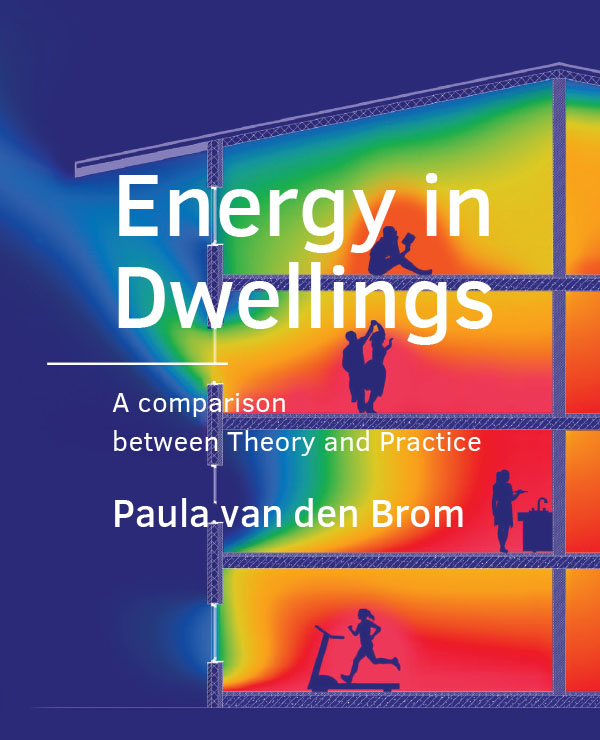Performance Gaps in Energy Consumption
Household Groups and Building Characteristics
Keywords:
Household energy, Occupant behaviour, Energy performance, Energy consumption, big data, energy epidemiology, performance gapAbstract
The difference between actual and calculated energy is called the ‘energy performance gap’. Possible explanations for this gap are: construction mistakes, improper adjusting of equipment, excessive simplification in simulation models and, occupant behaviour. Many researchers and governmental institutions think this gap is mainly caused by the occupant. However, only limited evidence exists. Therefore, an analysis is presented of actual and theoretical energy consumption, based on specific household types and building characteristics. Using a large dataset (1.4 million social housing households), the average actual and theoretical energy consumption (gas and electricity) of different household types and characteristics (income level, type of income, number of occupants and their age) were compared for each energy label. Additionally, the 10% highest and lowest energy consuming groups were analysed. It is shown that taking combinations of occupant characteristics into account instead of individual occupant characteristics provides new insights in the influence of the occupant on residential energy consumption. For example: In contradiction to previous studies, low-income households consume more gas per m2 (space heating and hot water) than households with a high income for all types of housing. Furthermore, the performance gap is not only caused by the occupant, but also by the assumed building characteristics.


